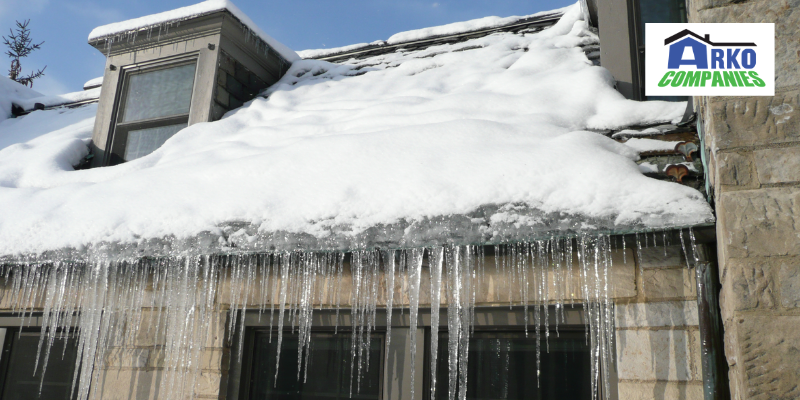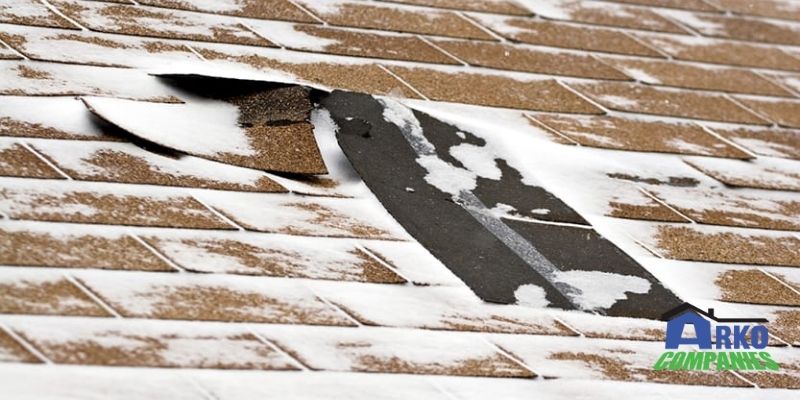Roofs are manufactured in such a way that they withstand harsh climatic changes while also protecting the house and people inside. Compared to other seasons, winter can be quite harsh on roofs. Snowfall, strong winds, and stormy weather conditions make it difficult for the roof to endure it all. Homeowners must be proactive, getting their roof inspected after the winter season ends, and maintained as needed.
Why check for roof damage after winter?
#1 Heavy Loads Of Snow:

Not all roofs are designed to handle heavy loads of snow. If there is excessive snowfall in your region, you could see the formation of snow heaps on the roof. If the roof is unable to manage the weight of the snow and ice, there’s a good chance that the roof’s underlying layer might develop cracks. If the roof is old, then it could even collapse with the weight of snow on it. Also, when wet snow tries to exert pressure on the roof, it can cause severe damage to the ceiling of the house and adjacent drainage system. Therefore, once the snow melts away, have a professional inspect your roof to see how it fared during the winter.
#2 Snow And Ice Lead To Condensation Issues In The Attic:
During excessive snowfall, ice formation takes place on the roof, and when the pressure becomes unbearable, the melted snow starts drifting to the attic region. If this continues for a few weeks, then the ceiling of the attic could face severe condensation problems. When the ceiling experiences condensation, it might lead to various other problems such as rotting of the wood, growth of mold/mildew, and/or damaging the house’s insulation.
#3 Damage Caused By The Formation Of Icicles:
Icicles are formed when uncleared debris starts blocking the natural flow of water. The melted water starts forming icicles on the shingles as well as in the gutters. Often people think that icicles are harmless, but excessive icicle formation could definitely cause severe damage to the roof edges and flashing. If icicles are not removed regularly, they might fall on people walking beneath the roofing area and hurt them.
#4 Formation Of Ice Dams:

When debris present on the roof gets collected in the gutter, it blocks the flow of water. When the flow gets clogged, water starts forming ice dams. These ice dams are so heavy that they damage the gutters severely. The gutter may develop cracks due to the unbearable pressure exerted by the ice on the gutter. Besides, if the gutters are not well-maintained, they might collapse and lead to expensive repairs. Also, water may enter the house through cracks and cause water stains on the interior walls.
Summary:
Inspection of the roof after potential winter damage is essential. Professional roofing contractors should carry out an inspection, checking the condition of the roof and letting you know whether there is any repair work required or not. And, in case of any damages, you can get repairs done quickly, before there’s more damage done to the roof in the Springtime.

